The first image that caught my eye was of a fueling station called Betty Beavers. The reason it caught my attention is because my hometown in upstate New York is one of the 5 locations that this gas station has. When I was younger, I would always notice the very prominent sexualized features of the sign, but never questioned why. This example has less to do with the consumption of animals in regards to Carol Adams’s writings, but has more to do with the overall exploitation. The overexaggerated female characteristics such as breasts and makeup very clearly sexualizes the non-human beaver. In Adams’s “The Politics of Meat,” she discusses the term ‘anthropornongraphy,’ meaning that animals are displayed in a way that makes them sexually consumable to further perpetuate the simultaneous exploitation of women (Potts 14). I personally don’t know too many people of industries that consume beavers, so I view this gas station sign to be more of a physical comparison to the exploitation of women and animals.
For the second image, I translated the text on the image, which loosely translates to, “meat is joy, savor it in all its forms.” Accompanying this saying is the image of women of different body types displaying their breasts, as well as a steak below this. This image plays up the concept of women being used as sex objects to promote some sort of male consumption of meat, not necessarily anthropornography as in this case the subjects in comparison are human females. Rather, Adams addresses the animalization of women and the feminization of animals to view women and animals used for human consumption as simply flesh, or commodities to society (Potts 15).
Lastly, the third image I chose further contributes to the idea of animalizing women and feminizing animals. In this image, the saying “We’ve got the best racks” very obviously insinuates the women’s chests that are displayed, as well as the ribs in front of the man. Having a man as the focal point of this ad contributes to the catering to masculinity, seeing animals/meat and women as belonging to men. This image also shows to me Adams’s idea that the women and animals are being sexualized in a way to say “they want it” (Potts 15). Adams states that meat advertisements are similar to pornography in the sense that both animals and women are depicted as objects to oppress both to visions for male pleasure (Potts 15).
All 3 images I selected from Carol Adams’s samples personally resonated the idea that animal life is synonymous to the life of women (both being the consumed), and that both are meant to serve the higher purpose of being a means of consumption for men (the consumers). The objectification animal life in each image is almost completely disregarded and outshadowed due to its extreme comparison to women, leading me to believe that the lives of animals very clearly do not matter. Adams discusses that when people look at meat, they see nothing more than just meat, rather than the animal whose life was taken in order for this meat to be just meat (Potts 13). On top of this, women are objectified to be reduced to being compared to pieces of meat or combined with animals to be sexualized.
The image I chose is one that I have had a personal hatred for for some time now, and what is being depicted is a scene from a Carl’s Junior burger advertisement. Carl’s Junior had been previously known for its sensual depictions of women to sell “all natural” hamburgers, and that is exactly what this ad was attempting to do. It depicts a woman walking through what appears to be a farmer’s market where people discuss sexually suggestive produce, and appears to be conveying the message of the meat being all natural, comparing it to the idea that she, as a woman, is also “all natural.” When analyzing this image, I noticed Adams’s thoughts on speciesism intersected with other forms of oppression, such as racism, homophobia, and obvious sexism (Potts 16). Adams describes how most ads for animals that are consumed contain white women or have characteristics of white women, as black women and women of color are societally viewed as “wild animals” (Potts 16). She also identifies that since most of the exploitation of animals and women caters to the male gaze, that the ads are specifically aimed at straight men (Potts 16).
For those who would like to view the ad that this image is taken from, the video can be found here: https://www.youtube.com/watch?v=WlUvQkW4B1k
Sources:
Kemmerer, Lisa. “The Pornography of Meat by Carol Adams.” Philosophy Now: a Magazine of Ideas, philosophynow.org/issues/56/The_Pornography_of_Meat_by_Carol_Adams.
Potts, Annie. “The Politics of Carol J. Adams.” Antennae, Issue 14. https://static1.squarespace.com/static/54792ff7e4b0674c74cb719d/t/55dc8dace4b0ad76d7277cb7/1440517548517/ANTENNAE+ISSUE+14.pdf
Annotated Source:
Ko, Aph. “5 Reasons Why Animal Rights Are A Feminist Issue.” Everyday Feminism, 6 June 2016, everydayfeminism.com/2014/12/animal-rights-feminist-issue/.
This source was a helpful guide utilized to understand more on the concepts that intersect the objectification of women and animals. Ko details aspects of non-human animal exploitation and objectification that relate to feminist issue that also impact human women. Reading through these points contributed to the understanding of Carl Adams’s writings of how women and animals are reduced and sexualised for the consumption of society and men.
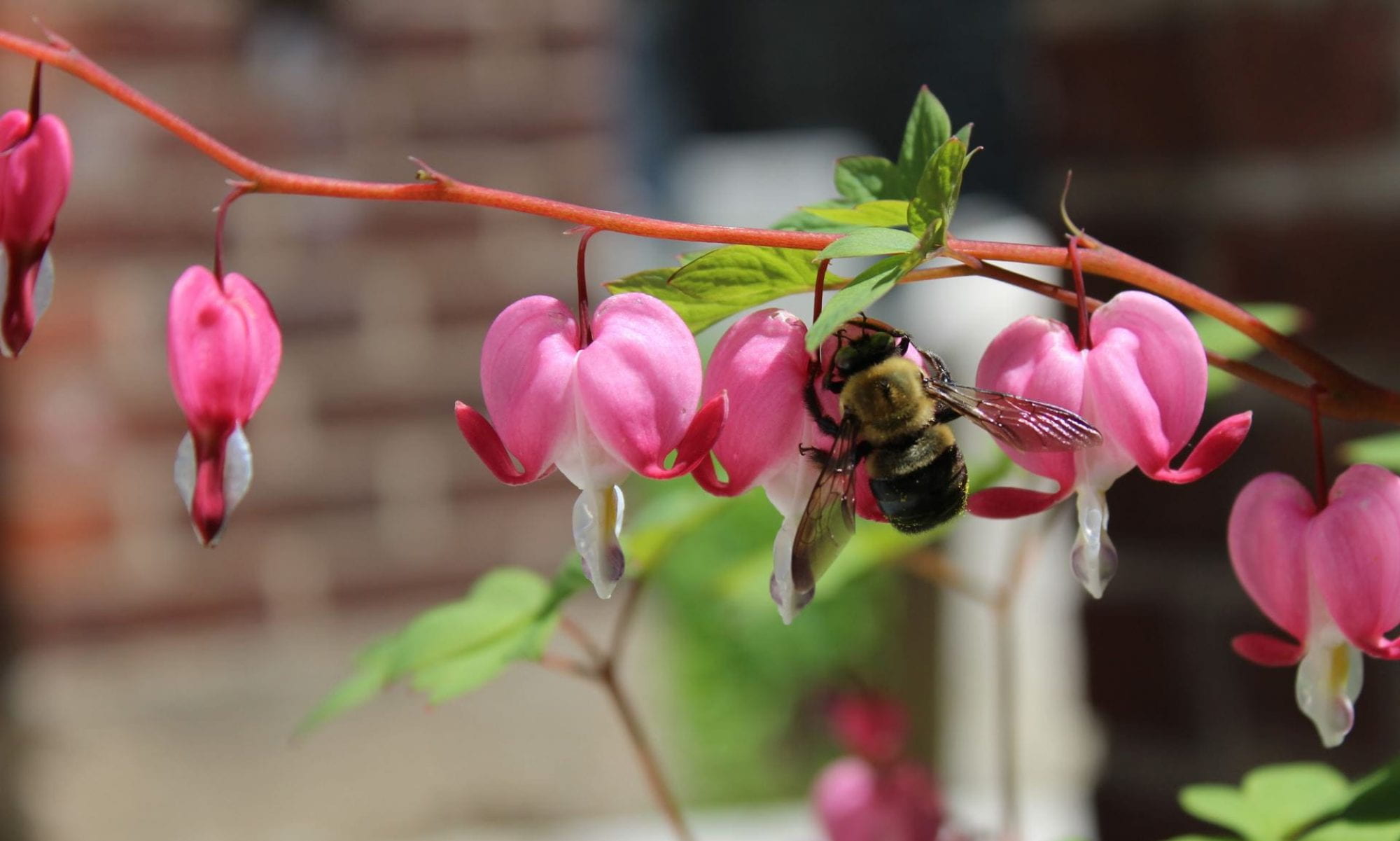
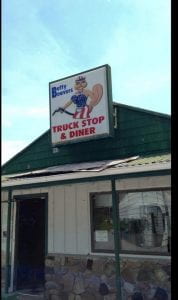
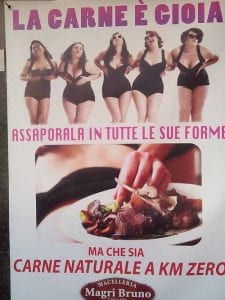
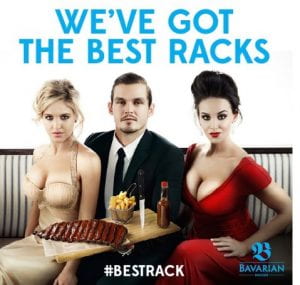
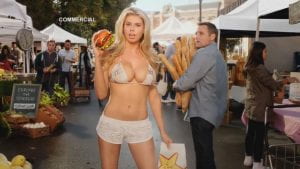
Mandi,
I share “personal hatred” for this ad and it absolutely defines the anthropornography to which Adams described. This type of behavior has become the patriarchal norm. Adams brought up an interesting point relating to the “lack of outcry”. In it she makes light that showing compassion to the treatment of animals as well as women, is something we would rather turn our backs on. This is because we fear what might happen to us. So as a result, we behave in ways that are accommodating, not just to people we know but also to general society. I feel that this creates a silent backlash in our own hearts – meaning we have to come to terms with the decision to do nothing. “If feelings were not objectified, one might have developed the ability to interact with fear, to respect it and the beings who are causing, rather than to try to destroy both the feelings and the beings who are causing it” (Adams, 10). The anthropornography that causes the exploitation of women and mistreatment of animals, is something we all should be angry about. It is not enough to say we just won’t eat meat but, we should peruse ways in which we can bring awareness and educate people as to the effects on the environment (women, animals).
Mary
Hi Madi,
The first picture you discussed with the beaver I also picked. I agree with your analysis and interpretation of that picture. It’s not like most of the pictures that Adams shares because it was not focusing on food but it definitely sexualizes the beaver and it can be connected to the oppression of women and animals. I also found it interesting that you have seen this sign before in person and never thought about the intention of it. I think this is common and there are so many sexualized signs and ads around us and we do not always stop and think about what the purpose of it is. The second picture you chose is definitely more about males consuming meat and the idea that they view women in similar ways as well as the third picture. The women with there breast being exposed and the rack of ribs on the table make a very clear connection between the connection of feminizing animals and comparing women and animals. I think you explained all three very well. The picture you found on your own has a great connection to the points that Adams has made. It shows oppression of women and animals and it is sexualized to grab males attention.